Nature is full of amazing adaptations, and one of the most fascinating is the ability to change skin color. Some animals use this skill for camouflage, while others do it for communication, temperature regulation, or even to warn predators. Let’s take a look at some amazing creatures that can change their colors like magic!
1. Chameleons
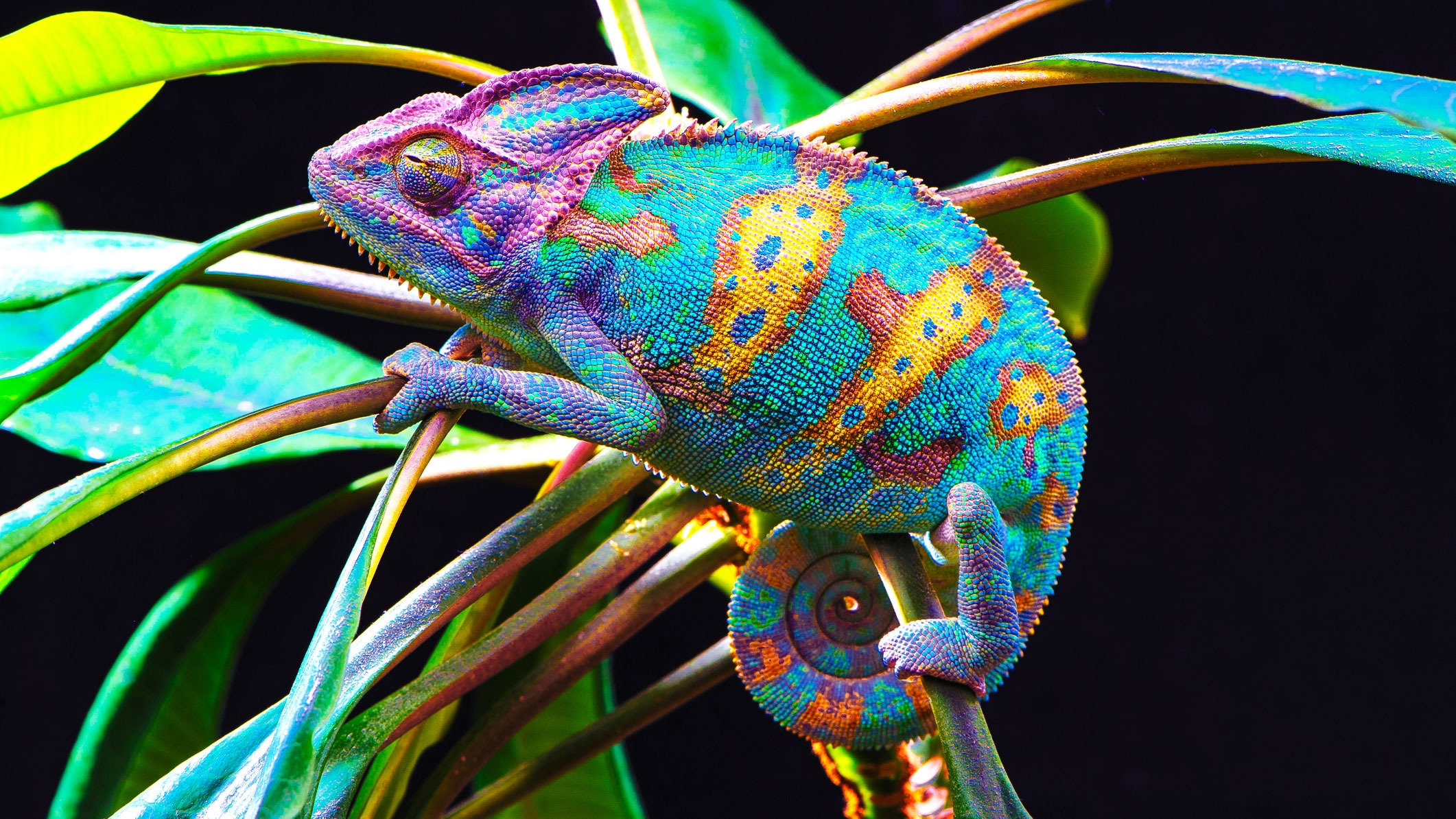
Chameleons are the most famous color-changing animals. Contrary to popular belief, they don’t change color just to blend in with their surroundings. Instead, they use this ability to regulate body temperature and communicate their emotions. Their color changes are controlled by special skin cells called chromatophores and iridophores, which contain different pigments.
2. Cuttlefish
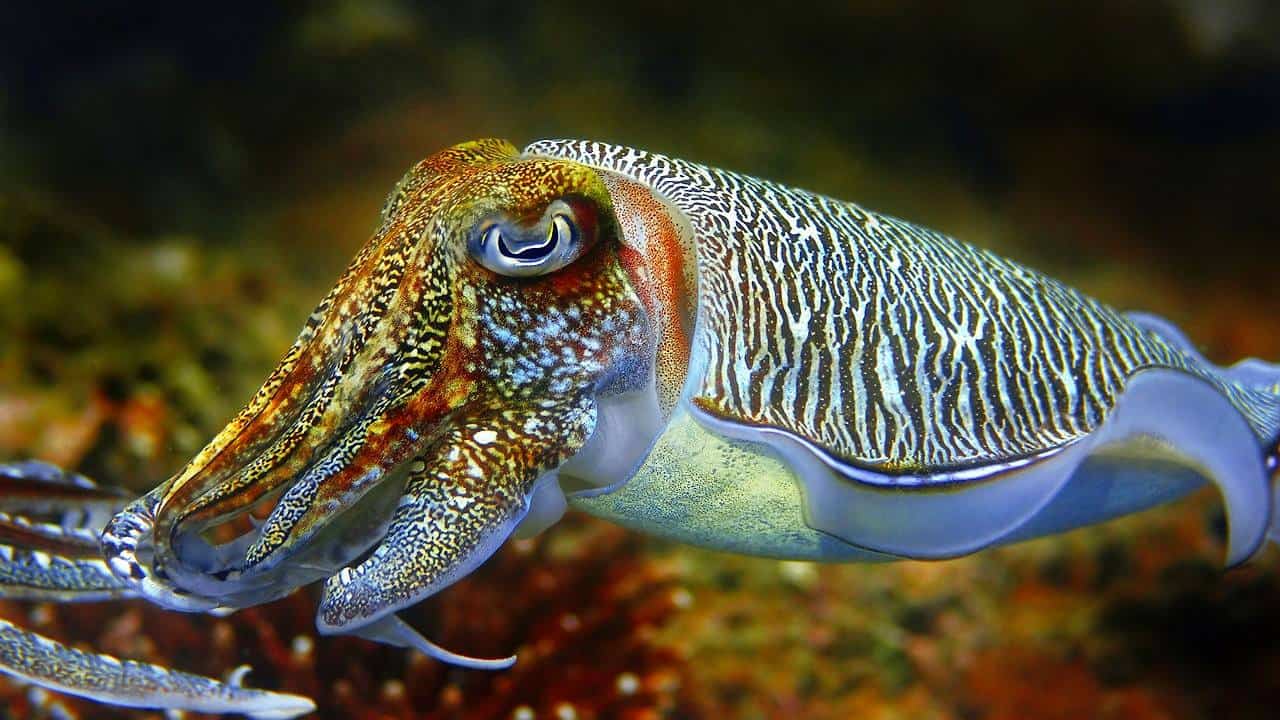
Often referred to as the “chameleons of the sea,” cuttlefish are marine animals closely related to squid and octopuses. They can change color and texture in an instant, thanks to their advanced nervous system and layers of pigmented cells. Cuttlefish use their color-changing ability for camouflage, attracting mates, and even intimidating predators.
3. Octopuses
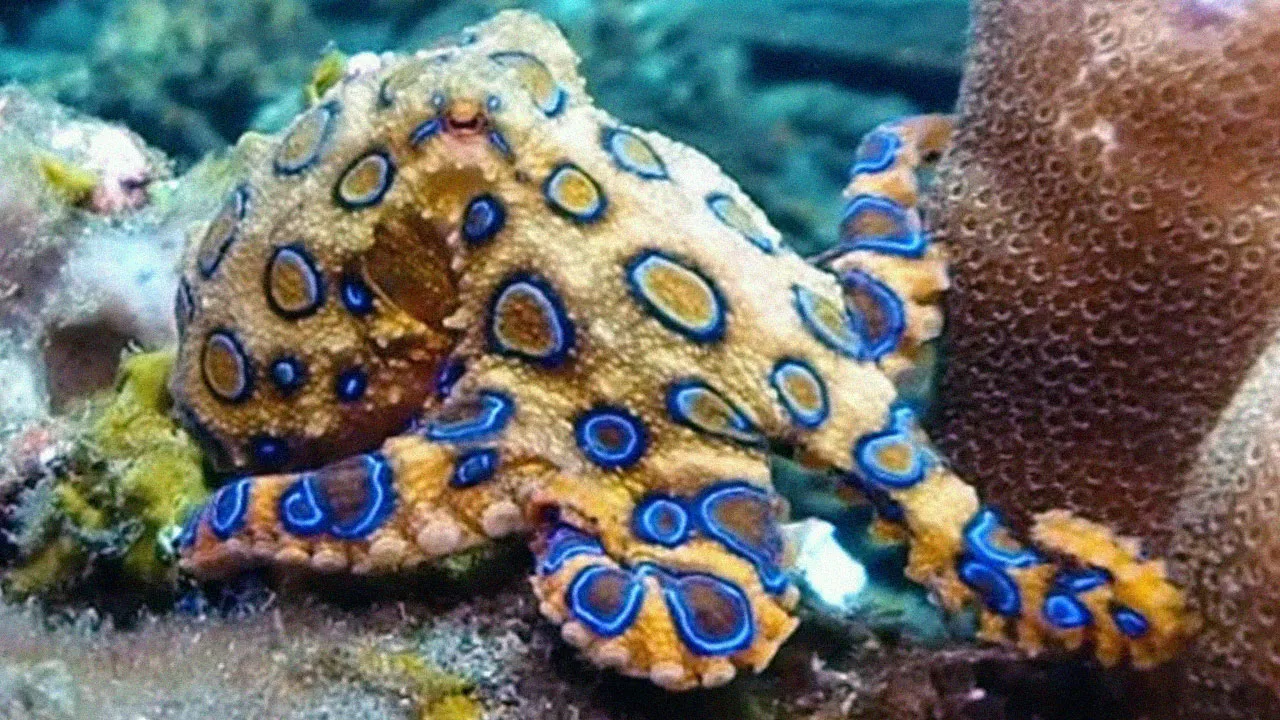
Octopuses are masters of disguise, using their color-changing skills to blend into their environment almost instantly. They also have special skin muscles that allow them to change their texture, making them look like rocks, coral, or sand. The mimic octopus, for example, takes this to another level by imitating the shape and behavior of other marine creatures!
4. Squid
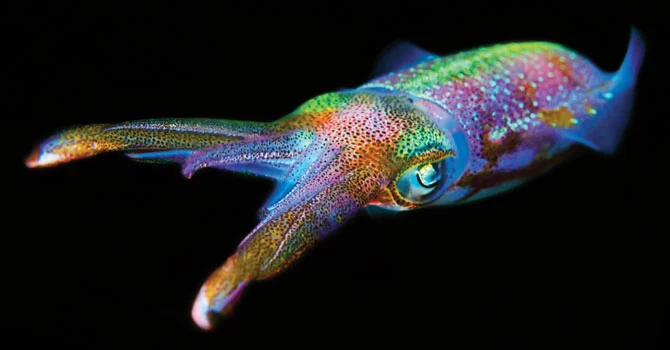
Like their relatives, squids also possess chromatophores that help them change color. Some species, like the Humboldt squid, even use flashing colors to communicate with other squids. This ability helps them attract mates, evade predators, and coordinate hunting strategies.
5. Frogs
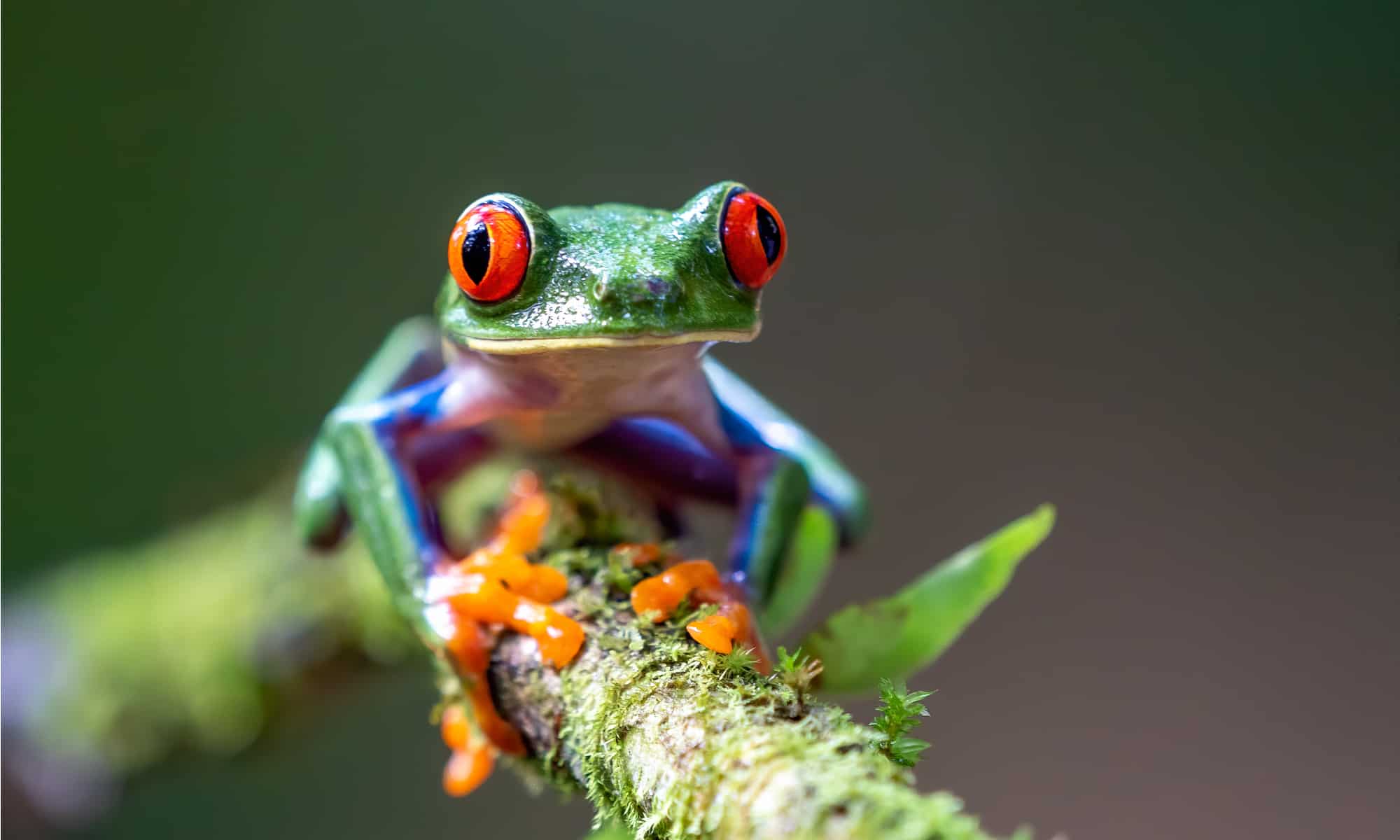
Some frogs, such as the Pacific tree frog and the mutable rain frog, can shift colors based on temperature, light, and mood. This helps them avoid predators and regulate body heat. Their transformation might not be as instant as an octopus’s, but it’s still an impressive survival tool.
6. Seahorses
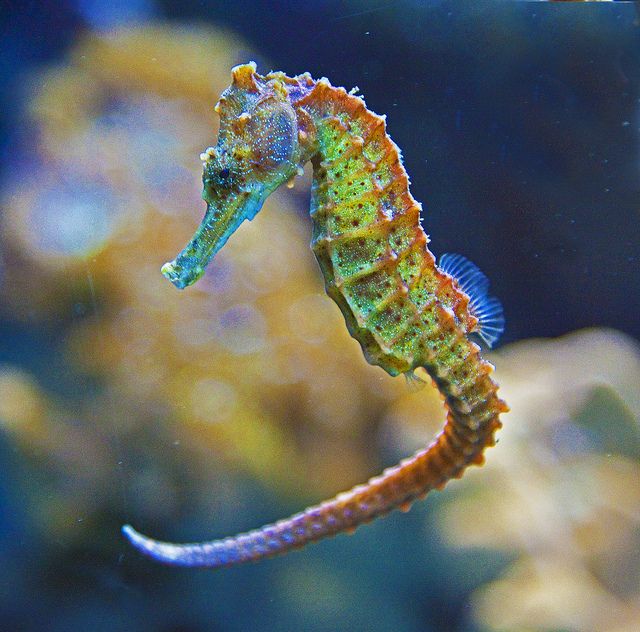
Seahorses, particularly the pygmy seahorse, can change colors to match their surroundings. This helps them stay hidden among coral and sea plants, avoiding predators. Their slow movements and ability to blend in make them nearly invisible in the wild.
7. Flounders

Flounders and other flatfish can change their color and pattern to match the ocean floor. This ability helps them ambush prey and avoid detection by larger predators. They use their vision to detect background colors and adjust their skin accordingly.
8. Crab Spiders
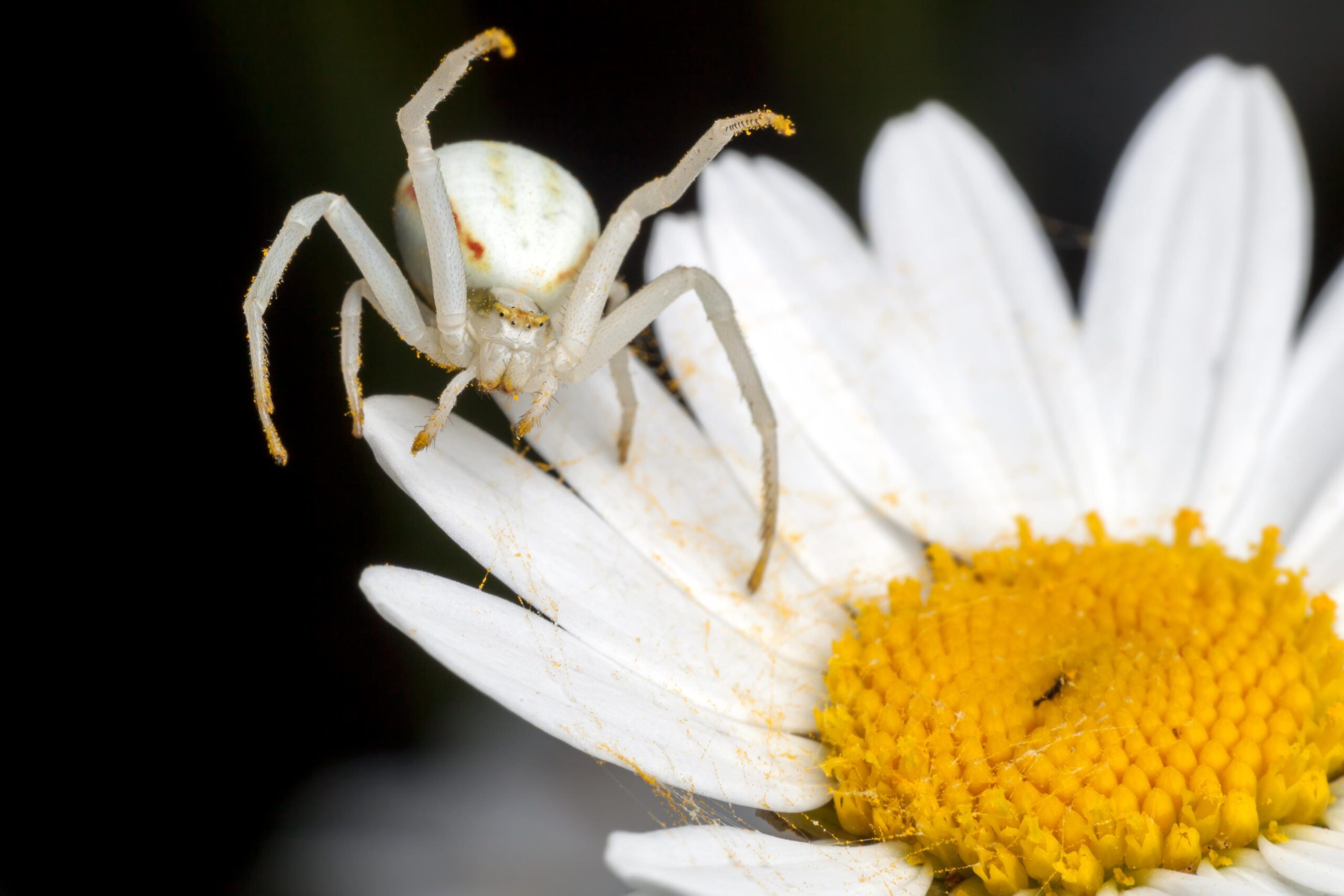
These tiny arachnids have an impressive ability to change color over a few days to match their surroundings. Some species, like the goldenrod crab spider, can switch between white and yellow to blend in with flowers, making them nearly invisible to both predators and prey.
9. Anole Lizards
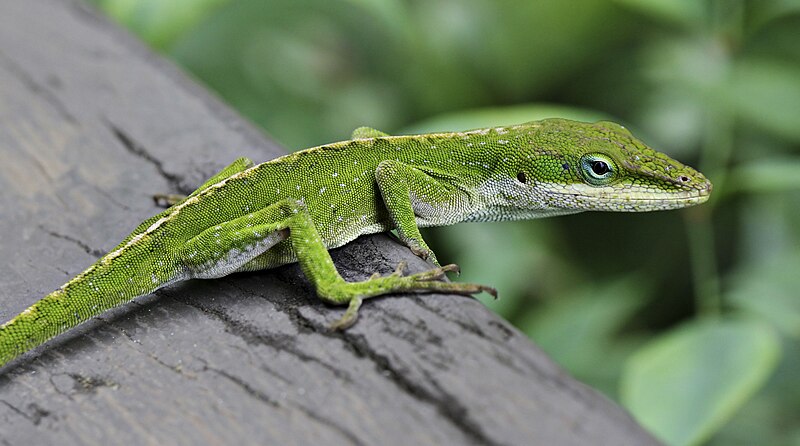
Anoles are small lizards found in the Americas that can change color based on temperature, stress, and social interactions. The green anole, for instance, can shift between green and brown depending on its mood or environment.
10. Parrotfish

Parrotfish not only change color throughout their lives but can also rapidly shift hues to communicate and blend into their coral reef surroundings. Some species undergo dramatic color changes as they mature, switching from duller juvenile colors to vibrant adult patterns.
Why Do Animals Change Color?
Animals change color for various reasons, including:
-
Camouflage – Blending in with their surroundings helps them avoid predators.
-
Communication – Some use colors to signal aggression, attract mates, or show emotions.
-
Temperature Regulation – Darker colors absorb more heat, while lighter colors help reflect sunlight.
-
Defense Mechanism – Some creatures flash bright colors to warn predators or startle them.
The ability to change skin color is one of nature’s most remarkable adaptations. Whether it’s for camouflage, communication, or survival, these animals have evolved to master the art of transformation. Next time you see a chameleon, octopus, or even a simple tree frog, remember—nature is full of surprises!


